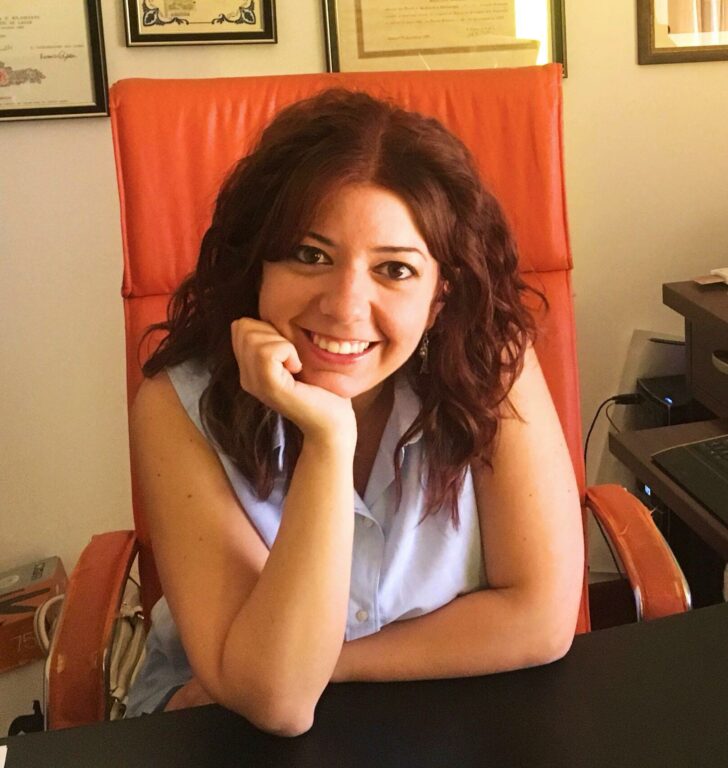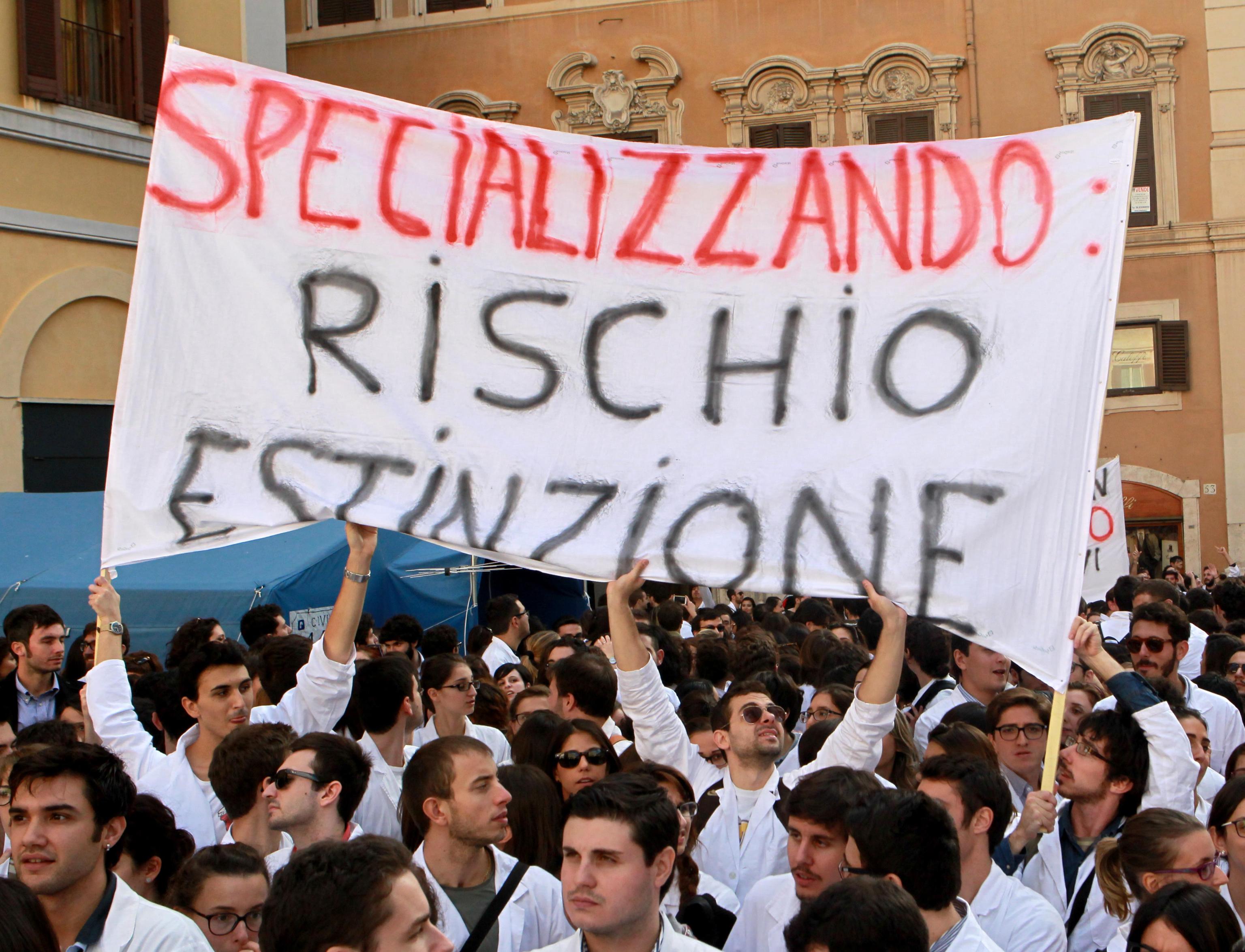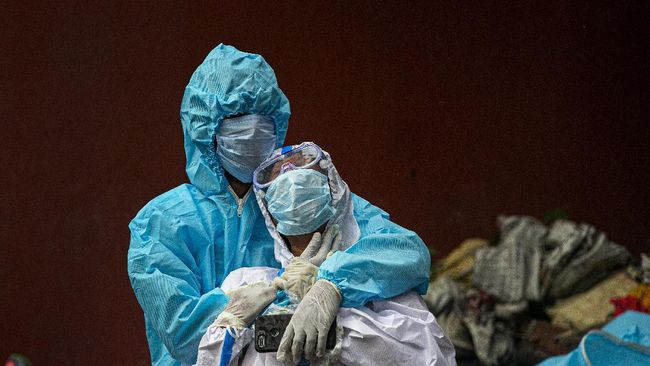It is a problem that recurs every year, and that punctually leaves thousands of medical graduates and graduates in what is called “educational limbo”. A problem that, in the era of the pandemic Coronavirus, undergoes further delays and burns, perhaps, even more.
The question is uncovered by a letter sent on September 15 to the Minister of University and Research Gaetano Manfredi by the Smi, the Italian doctors union, with the request to make public the data of the places available for admission of doctors to specialization schools for 2019/2020, at the dawn of the competition to be held next week.
The request, during the day, finds a “natural” answer: around 6 pm in fact, the decree is finally sent by the Ministry of University and Research in the Official Journal. There will be 13,400 places, plus a thousand on the regional one. Too bad that 26 thousand people should have registered for the admission test. What will happen to the 12 thousand (if the numbers were confirmed) who “dance”?
Times and numbers
–
In the background, the delays of a profession that this year saw the celebration of “heroes” and “angels”, young and old, due to the health emergency. But the problem “arises every year: the announcement for the competition for admission to medical specialization schools is published,” explains Delia Epifani. This year has been published on 24 July and identifies the date of the fateful test on 22 September. These are dates which, as a result of the pandemic, appear to be at least a couple of months behind schedule compared to what happens “historically”: the selection, generally, takes place in July.
The training funnel
And then there is the question of what is called an “information funnel” in jargon, that is, the fact that there are many more people who will take the test to enter graduate schools – and will pass – than there will actually be the places available within them.
Approximately 26 thousand graduates and female graduates registered for the competition on 22 September. How many will pass? The scholarships will be 14 thousand. And the others? “This year too the question has not been addressed or resolved”, explains Delia Epifani, national head of training and prospects of the SMI.
Those potential 8, 10, 12 thousand “remain in what we call training limbo: they graduate but then fail to access schools because few grants are allocated compared to the needs”. So “they go to stopgap the health system, where, as we all know, the shortcomings exist: within hospitals, within general medicine,” says the doctor. In short, the crossroads is between specialization (a criterion that gives access to permanent contracts) and precarious life.
There is also the third way, actually: going abroad. “In Germany or Switzerland there is a more direct system, a sort of job-training,” says Delia. “Many people prefer to choose this path, I myself know many.” She, for her part, is 30 years old, she graduated from Cattolica, and last December she finished the course of general medicine. Now he works in the ASL of Lecce as a medical guard, “awaiting an agreement for general medicine”.
The gap in the training funnel “is a problem that increases every year”, says Epifani, “because those who did not return last year will try this year and so on”. Knocking on the door of specialization schools are mainly new graduates aged 25, 26, but there is therefore also a quota formed “by those who do not enter one year and try again the following year”.

For its part, the ministry explains that it has significantly reduced the width of the funnel gap this year. Last year the recorded numbers were about 18,776 test participants compared to 8,776 places available. Two years ago there were 16 thousand members, for a total of 6 thousand scholarships.
The proposals
How can this be resolved? “Over the years we have made proposals both for specialization schools and for general medicine,” explains Epifani. «They are two distinct paths: general medicine is not yet university, but it is a path that goes in parallel. We obviously propose the increase of the stock exchanges, but also the creation of teaching hospital, non-university hospitals where hospital doctors are trained ”.
For general medicine, on the other hand, “we have always proposed the creation of a university course, to make it become a specialization like the others in terms of training, uniformity on the national territory and the stock market, since postgraduates take 1600 euros per month, while those who are trained in general medicine, 800 euros “, he concludes.
On the cover ANSA / FABIO CAMPANA | A moment of the protest of about 300 young doctors and trainees of various health disciplines in front of Montecitorio, Rome, 7 November 2013.
Read also:
–


